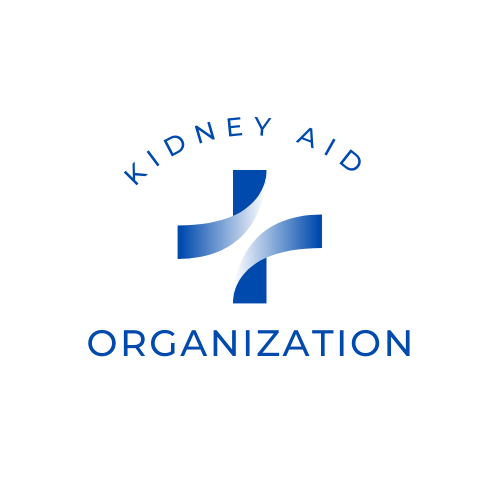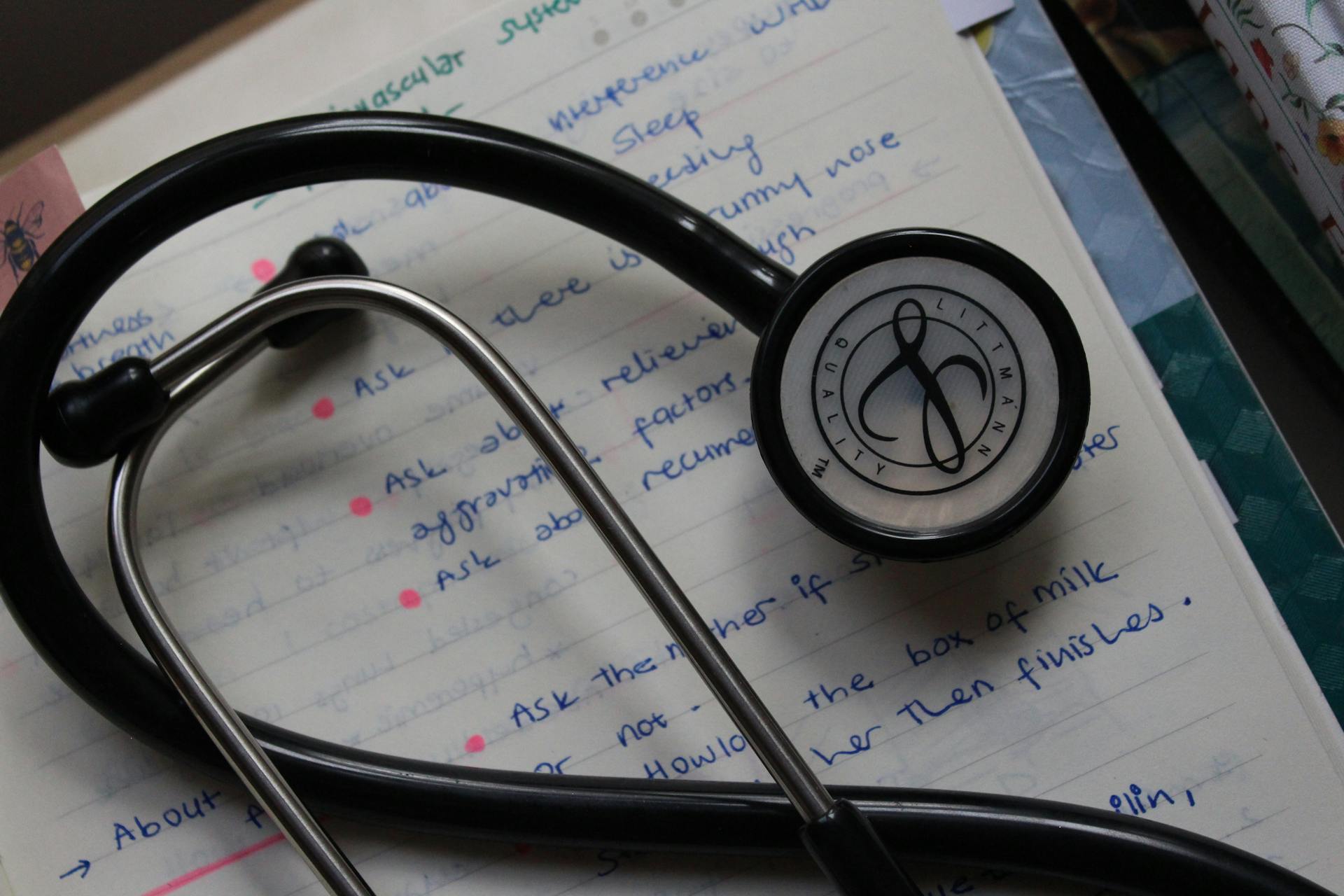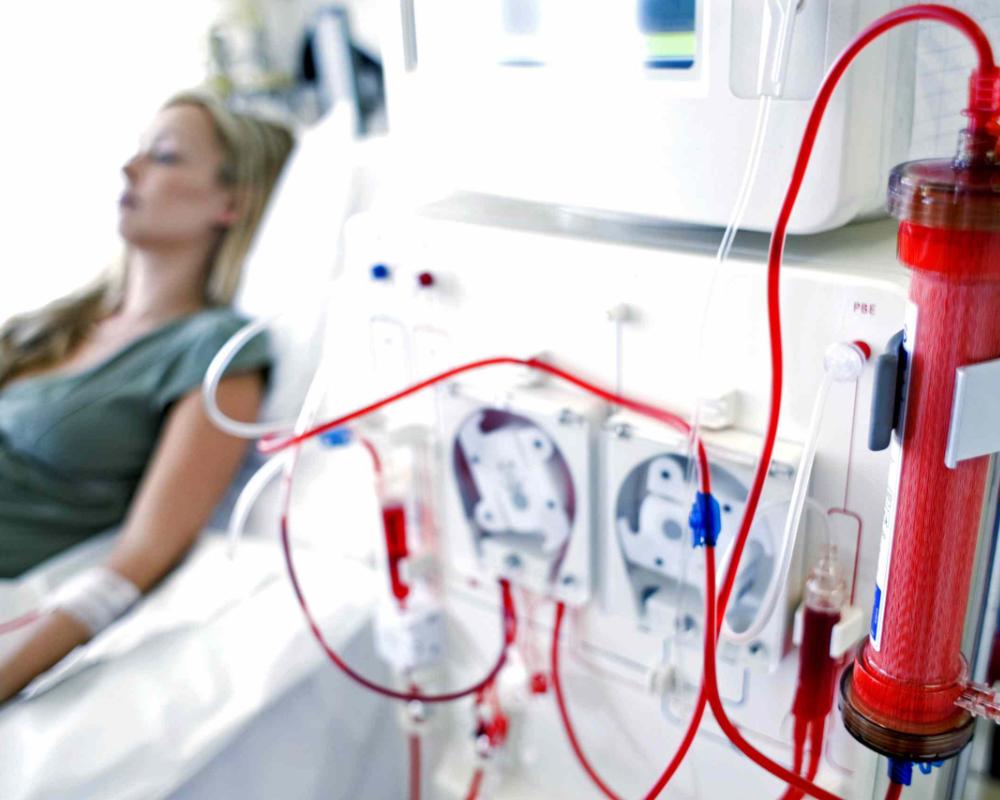Kidney disease is a serious health condition that affects millions of people worldwide. It occurs when the kidneys, which are responsible for filtering waste and excess fluids from the blood, become damaged and lose their ability to function properly. While kidney disease is often associated with symptoms like fatigue, swelling, and changes in urination, one lesser-known but significant symptom is leg pain. In this blog post, we’ll explore the connection between kidney disease and leg pain, the underlying causes, and how to manage this discomfort effectively.
The Connection Between Kidney Disease and Leg Pain
The kidneys play a vital role in maintaining the body’s overall health. When they are not functioning properly, a cascade of issues can arise, many of which can contribute to leg pain. Here’s how kidney disease and leg pain are interconnected:- Fluid Retention and Swelling (Edema) One of the most common symptoms of kidney disease is fluid retention, also known as edema. When the kidneys are unable to remove excess fluid from the body, it can accumulate in the tissues, particularly in the legs and feet. This swelling can cause discomfort, heaviness, and pain in the legs.
- Electrolyte Imbalances The kidneys help regulate electrolytes like potassium, calcium, and phosphorus. In kidney disease, imbalances in these minerals can occur, leading to muscle cramps, weakness, and pain in the legs. For example, low calcium levels can cause muscle spasms, while high potassium levels can lead to muscle fatigue and soreness.
- Nerve Damage (Peripheral Neuropathy) Chronic kidney disease (CKD) can lead to nerve damage, a condition known as peripheral neuropathy. This occurs when high levels of toxins build up in the blood due to the kidneys’ reduced filtering ability. Nerve damage can cause tingling, numbness, burning sensations, and pain in the legs and feet.
- Bone and Joint Problems Advanced kidney disease can lead to mineral and bone disorders, such as renal osteodystrophy. This condition occurs when the kidneys fail to maintain proper levels of calcium and phosphorus, leading to weakened bones and joint pain. The pain may radiate to the legs, especially during movement or weight-bearing activities.
- Poor Circulation Kidney disease is often associated with cardiovascular problems, including poor circulation. Reduced blood flow to the legs can cause cramping, pain, and a condition known as claudication, which is characterized by pain during physical activity.
Symptoms of Leg Pain Related to Kidney Disease
Leg pain caused by kidney disease can manifest in various ways, depending on the underlying cause. Common symptoms include:- Swelling in the legs, ankles, or feet
- Muscle cramps or spasms
- Burning or tingling sensations
- Numbness or weakness in the legs
- Aching or throbbing pain
- Difficulty walking or standing for long periods
Managing Leg Pain in Kidney Disease
While leg pain can be a challenging symptom to manage, there are several strategies that can help alleviate discomfort and improve quality of life for individuals with kidney disease:- Monitor Fluid Intake To reduce swelling and fluid retention, it’s important to follow a fluid-restricted diet as recommended by your healthcare provider. Limiting salt intake can also help prevent excess fluid buildup.
- Maintain a Balanced Diet A kidney-friendly diet can help manage electrolyte imbalances and reduce the risk of muscle cramps and pain. Work with a dietitian to create a meal plan that includes the right balance of nutrients, such as low potassium and phosphorus foods.
- Stay Active Gentle exercise, such as walking or stretching, can improve circulation and reduce leg pain. However, it’s important to avoid overexertion and consult your doctor before starting any new exercise routine.
- Elevate Your Legs Elevating your legs above heart level can help reduce swelling and improve blood flow. Try doing this for 15–20 minutes several times a day.
- Medications and Supplements Your doctor may prescribe medications to manage underlying causes of leg pain, such as diuretics for fluid retention or pain relievers for nerve-related discomfort. In some cases, supplements like calcium or vitamin D may be recommended to address bone health.
- Manage Underlying Conditions Since kidney disease is often linked to other health issues like diabetes and high blood pressure, managing these conditions effectively can help reduce leg pain and slow the progression of kidney damage.
- Seek Physical Therapy A physical therapist can provide targeted exercises and techniques to relieve leg pain, improve mobility, and strengthen muscles.
- Regular Medical Checkups Regular monitoring of kidney function and overall health is crucial for managing kidney disease and its symptoms. Early intervention can help prevent complications and improve outcomes.
When to Seek Medical Attention
While mild leg pain can often be managed with lifestyle changes and home remedies, certain symptoms warrant immediate medical attention. These include:- Sudden or severe leg pain
- Swelling in one leg, which could indicate a blood clot
- Signs of infection, such as redness, warmth, or fever
- Difficulty walking or bearing weight on the legs
- Chest pain or shortness of breath, which could indicate a serious cardiovascular issue
Preventing Kidney Disease and Its Complications
Prevention is always better than cure. To reduce your risk of kidney disease and associated leg pain, consider the following tips:- Stay Hydrated: Drink plenty of water to support kidney function.
- Eat a Healthy Diet: Focus on whole foods, fruits, vegetables, and lean proteins while limiting processed foods and salt.
- Exercise Regularly: Physical activity promotes overall health and helps maintain a healthy weight.
- Monitor Blood Pressure and Blood Sugar: Keep these levels in check to protect your kidneys.
- Avoid Smoking and Limit Alcohol: These habits can damage the kidneys and worsen kidney disease.
- Get Regular Checkups: Early detection of kidney disease can prevent complications and improve outcomes.
Conclusion
Leg pain is a common but often overlooked symptom of kidney disease. Understanding the connection between the two can help individuals recognize the signs early and seek appropriate treatment. By managing kidney disease effectively through lifestyle changes, medications, and regular medical care, it’s possible to alleviate leg pain and improve overall quality of life. If you or a loved one is experiencing leg pain along with other symptoms of kidney disease, don’t hesitate to reach out to a healthcare professional for guidance and support. Remember, your kidneys play a crucial role in your overall health, and taking steps to protect them can have a profound impact on your well-being. Stay informed, stay proactive, and prioritize your kidney health today!Are you tired of living under the shadow of kidney disease? Are you yearning for a life free from the shackles of dialysis, kidney failure, and the looming threat of kidney transplants? If so, you're in the right place at the right time. Imagine waking up every morning with boundless energy, feeling rejuvenated and ready to take on the day. Envision a life where your kidneys are functioning optimally, and you no longer dread the burdensome routines of dialysis sessions. The Kidney Disease Solution Program is here to turn that vision into reality for you.


